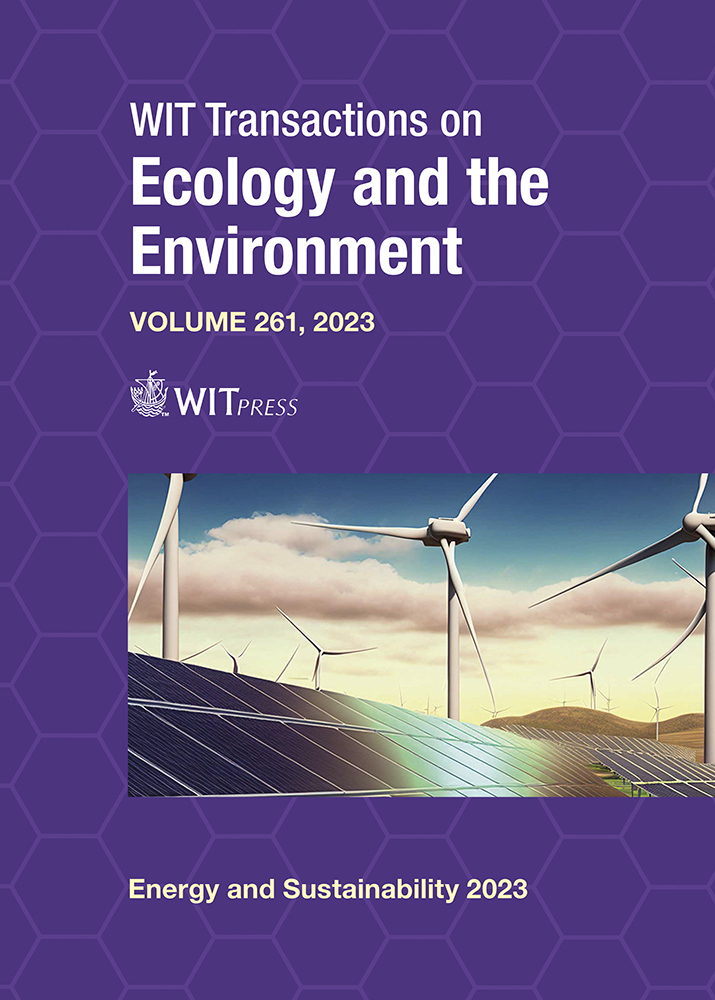BIM-BASED MULTI-OBJECTIVE OPTIMISATION FOR SUSTAINABLE BUILDING DESIGN
Price
Free (open access)
Transaction
Volume
261
Pages
12
Page Range
377 - 388
Published
2023
Paper DOI
10.2495/ESUS230321
Copyright
Author(s)
NASSIM MEHRVARZ, XUESONG SHEN, KHALEGH BARATI
Abstract
The ever-increasing attention towards environmental sustainability in the building industry drives the development and adoption of energy-efficient buildings. Passive design strategies have been widely investigated, such as the building’s orientation and the material selection of both the transparent and opaque envelope components. This method involves a vast domain of design variables, which makes the design process complicated and error prone. Furthermore, enhancing the energy performance of a building might impose economic burdens, necessitating a trade-off between energy-efficient practices and cost. This paper proposes a novel methodology to integrate building information modelling (BIM) with energy simulation and optimisation engines to provide designers with a building’s energy plan at the early design stage. The model developed in this paper can reduce the complexity of the optimisation process and design errors by creating an automated workflow and lowering manual inputs. A multiobjective optimisation was carried out using the non-dominated sorting genetic algorithm-II to achieve a balance between two conflicting objectives, namely minimising energy consumption and the life cycle cost of the building. Design variables considered include building orientation, various materials for external walls, roof, floor, window-to-wall ratio, and shading types. The effectiveness and feasibility of the proposed model were validated using a case study building located in Sydney, Australia. Following the evaluation of numerous design possibilities, the energy plan was demonstrated by utilising results derived from Pareto front solutions. The findings of this study serve to aid decision-makers in identifying optimal design solutions based on their respective priorities, thereby facilitating the delivery of a sustainable building design.
Keywords
BIM, energy-efficiency, life cycle cost, sustainable design, multi-objective optimisation





